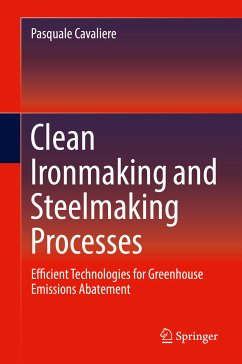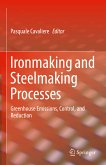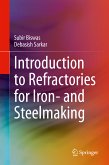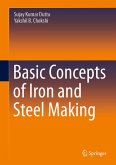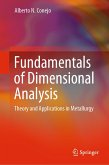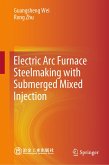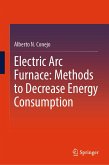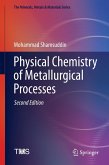This book describes the available technologies that can be employed to reduce energy consumption and greenhouse emissions in the steel- and ironmaking industries. Ironmaking and steelmaking are some of the largest emitters of carbon dioxide (over 2Gt per year) and have some of the highest energy demand (25 EJ per year) among all industries; to help mitigate this problem, the book examines how changes can be made in energy efficiency, including energy consumption optimization, online monitoring, and energy audits. Due to negligible regulations and unparalleled growth in these industries during the past 15-20 years, knowledge of best practices and innovative technologies for greenhouse gas remediation is paramount, and something this book addresses.
- Presents the most recent technological solutions in productivity analyses and dangerous emissions control and reduction in steelmaking plants;
- Examines the energy saving and emissions abatement efficiency for potential solutions to emission control and reduction in steelmaking plants;
- Discusses the application of the results of research conducted over the last ten years at universities, research centers, and industrial institutions.
Dieser Download kann aus rechtlichen Gründen nur mit Rechnungsadresse in A, B, BG, CY, CZ, D, DK, EW, E, FIN, F, GR, HR, H, IRL, I, LT, L, LR, M, NL, PL, P, R, S, SLO, SK ausgeliefert werden.

